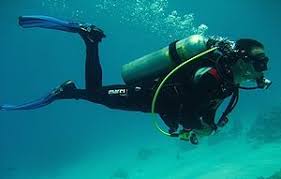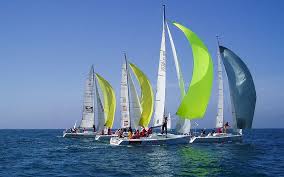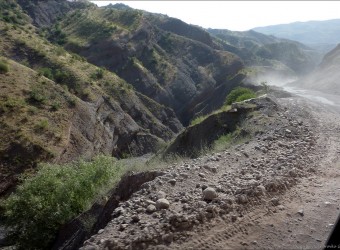Diving
 The magical power of the underwater world lies in the universality of its environment: there is a difference from the situation on the ground and in the air, under water you can move in all directions, independently choosing a direction.
The magical power of the underwater world lies in the universality of its environment: there is a difference from the situation on the ground and in the air, under water you can move in all directions, independently choosing a direction.
Diving is one of the most difficult and dangerous sports and tourism. Despite this, as well as the high cost of equipment, which not everyone can afford, the movement of divers expands every year both in our country and abroad. The mysterious underwater world has always attracted man. Currently, in Europe alone there are over 3 million diving enthusiasts.
However, if in many other types of tourism you can do without special education and training, this is unacceptable in scuba diving. A single, even minor mistake underwater can cost the diver life. Therefore, without proper training under the guidance of experienced instructors and the acquisition of the necessary practical skills, it is not recommended that even the most desperate adventurers go down under the water. Diving centers do not allow diving for beginners who have not completed a special training course and do not have a special license.
In many countries, amateur divers training centers and underwater tourism organization centers have been established.
Most centers for training and service for scuba diving enthusiasts are united in associations. The largest of them is PADI (Professional Association of Diving Industrion), which has about 200 submarine centers in 175 countries (the number of submariners with PADI certificates is about 6 million people), CMAS (Confederation Mondile des Activites Subag Nation), SGL (Scubargo Education Association) and etc.
According to some estimates, at least 30 million people are keen on diving in the world.
The objectives of such centers are the training of amateur divers, the development of measures to ensure the safety of underwater travels, the certification and certification of members of underwater centers, the development of maps and atlases of underwater objects.
A complete training course for a beginner diver includes: training in swimming with a breathing tube, scuba diving first in the pool and then in open water, underwater orientation, methods of scuba diving, orientation underwater using a compass and using underwater landmarks, swimming in conditions of limited visibility and at night, searching for objects under water and lifting them to the surface, deep-sea diving.
One of the diving hazards is the potential for decompression sickness. Therefore, it is necessary to carefully monitor the depth of immersion, the time spent under water and the speed of ascent to the surface. Multiple dives in the same day and multi-day dives without a break are not recommended.
A certain danger is represented by sea currents with an open coastline, as well as breaking waves near rocks and reefs.
In addition, some marine life (poisonous jellyfish, hedgehogs, starfish, mollusks, sea snakes, fish, and in some places also sea predators, such as sharks) pose a danger to snorkeling tourists.
Particularly great attention is paid to scuba diving in the Scandinavian countries: Sweden, Finland and Norway. So, in Sweden there are over 300 centers for training submarine tourists, in Finland – about 60.
In Russia, special organizations of underwater tourism are also being created – Baddi, Marine Technology, Golden Galleon, MSU Underwater Club, etc.
Scuba diving includes different directions. The most popular of them is underwater archeology (search and research of sunken objects – cities, ships). More than half of the participants in the underwater centers are engaged in scuba diving in order to search for and examine the dead vessels, some of them are involved in treasure hunting.
Underwater archeology has become widespread in coastal marine areas, where there are sunken parts of ancient or medieval cities. Various expeditions associated with deep-sea diving also work on rivers and lakes (for example, on the Dnieper, in the area of the island of Khortytsya, in high-mountain sacred lakes in the former territory of the Inca and Mayan empires, etc.).
Another direction of scuba diving is to participate in scientific research with the aim of studying the underwater world.
A very fascinating type of activity in diving is underwater video and photography, both amateur and professional.
Recently, underwater ritual tourism has become widespread – rendering various honors and laying wreaths at the place of sunken ships and the mass death of sailors as a result of disasters or military operations. This type of tourism is especially popular in the north-eastern regions of Russia (St. Petersburg, Leningrad, Pskov, Novgorod regions and in the Republic of Karelia). These regions have significant potential for adventure, scientific, educational and ritual underwater tourism.



